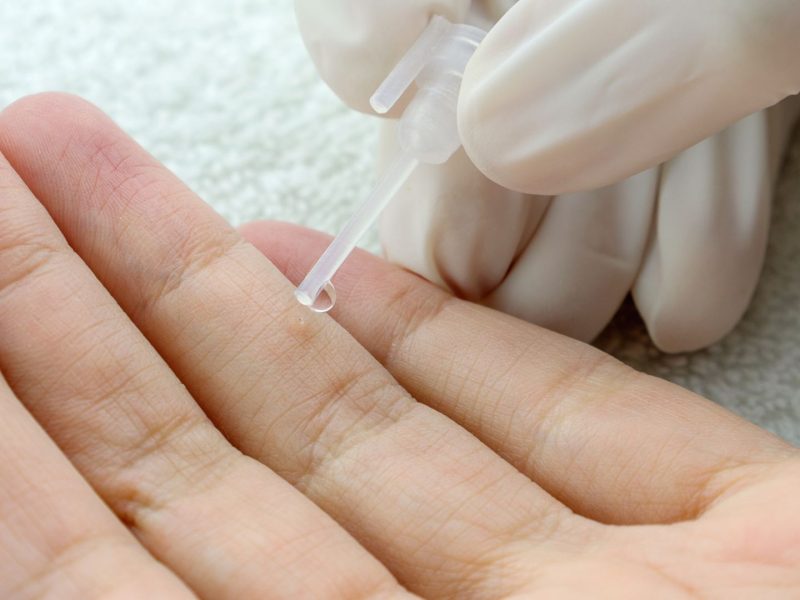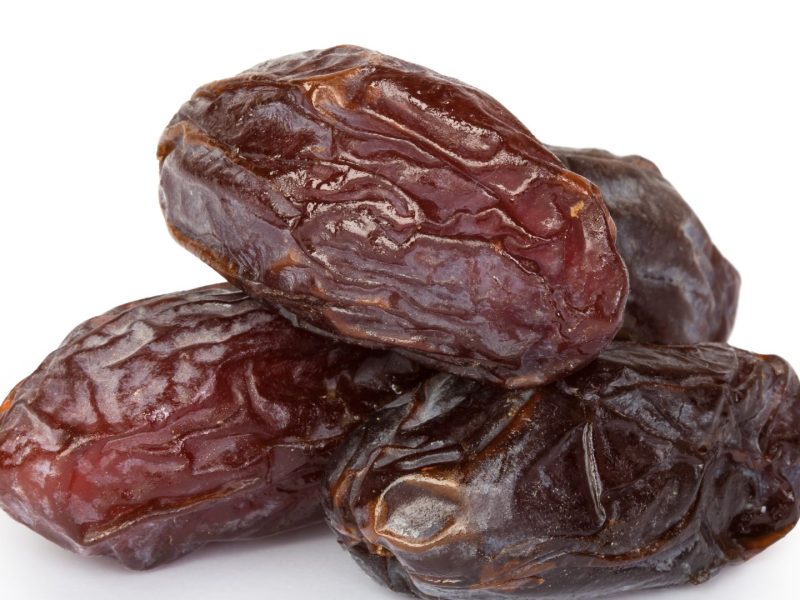As a renowned physician specializing in sports medicine and rehabilitation, I’m always on the lookout for effective therapies that can accelerate recovery and ease chronic pain. Over the years, one treatment that has consistently impressed me is dry needling therapy. Sometimes called trigger point dry needling, this minimally invasive technique can provide rapid relief for myofascial pain, muscle stiffness, and even stubborn sports injury discomfort. If you’re curious about dry needling benefits, here’s why I believe you must give it a try.
What Is Dry Needling?
Dry needling involves inserting thin, sterile needles into specific myofascial trigger points within tight muscle bands. Unlike acupuncture, which follows traditional Chinese medicine meridians, dry needling is guided by modern anatomy and biomechanics. The goal is to release taut muscle knots, improve blood flow, and reset nerve fibers, leading to significant muscle pain relief and enhanced range of motion.
Key Dry Needling Benefits
- Fast-Acting Pain Reduction: By targeting trigger points directly, dry needling often provides immediate reduction in chronic pain and acute muscle spasms.
- Improved Mobility: Releasing tight muscles can restore joint flexibility and support better posture, essential for physical therapy and rehabilitation.
- Enhanced Recovery: Athletes benefit from quicker recovery after intense workouts, reducing downtime from sports injuries.
- Reduced Reliance on Medications: Many patients experience enough relief to decrease pain medications, promoting safer chronic pain management.
Who Can Benefit from Dry Needling?
Dry needling is versatile and can help with a wide range of conditions:
- Back and Neck Pain: Ideal for patient suffering from chronic lumbar or cervical myofascial tension.
- Shoulder and Rotator Cuff Injuries: Aids in relieving stiffness and improving overhead reach.
- Tendonitis and Bursitis: Complements traditional therapies for inflammation around joints.
- Headaches and Migraines: Useful for tension-type headaches originating in neck muscles.
- Knee and Hip Pain: Promotes healing in conditions like IT band syndrome and hip flexor tightness.
What to Expect During a Session
A typical dry needling appointment lasts 20–45 minutes. After a brief assessment, your practitioner will insert fine needles into targeted areas. You might feel a quick muscle twitch or mild ache—this “twitch response” indicates effective trigger point release. Most people report a deep sense of relaxation afterward. While minor bruising or soreness can occur, these side effects are generally mild and short-lived.
Safety and Considerations
Dry needling is considered safe when performed by a trained professional. Always ensure your provider follows strict sterile technique and has credentials in physical therapy, chiropractic care, or medical practice. If you’re pregnant, have a bleeding disorder, or severe needle anxiety, discuss alternatives like massage or ultrasound therapy.
Final Thoughts
Dry needling stands out as a highly effective, evidence-based approach to tackling myofascial pain syndrome, enhancing sports injury recovery, and improving overall musculoskeletal health. If you’ve tried conventional therapies without success, I encourage you to explore dry needling under the care of a qualified clinician. Your body—and your recovery—may thank you for it.
Have you experienced dry needling therapy? Share your journey or ask questions below!



